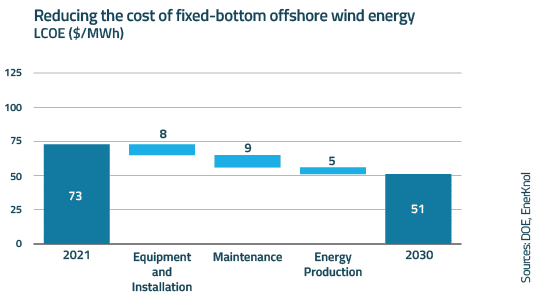U.S. Offshore Wind Industry Faces Uncertainty From Increasing Economic Challenges
Even as the offshore wind industry is seeking to scale up, economic challenges cast shadow on future development. Inflation and supply chain disruptions have resulted in some major developers seeking to exit or revise their power purchase contracts. A recent announcement to cancel…Read the full report …...









